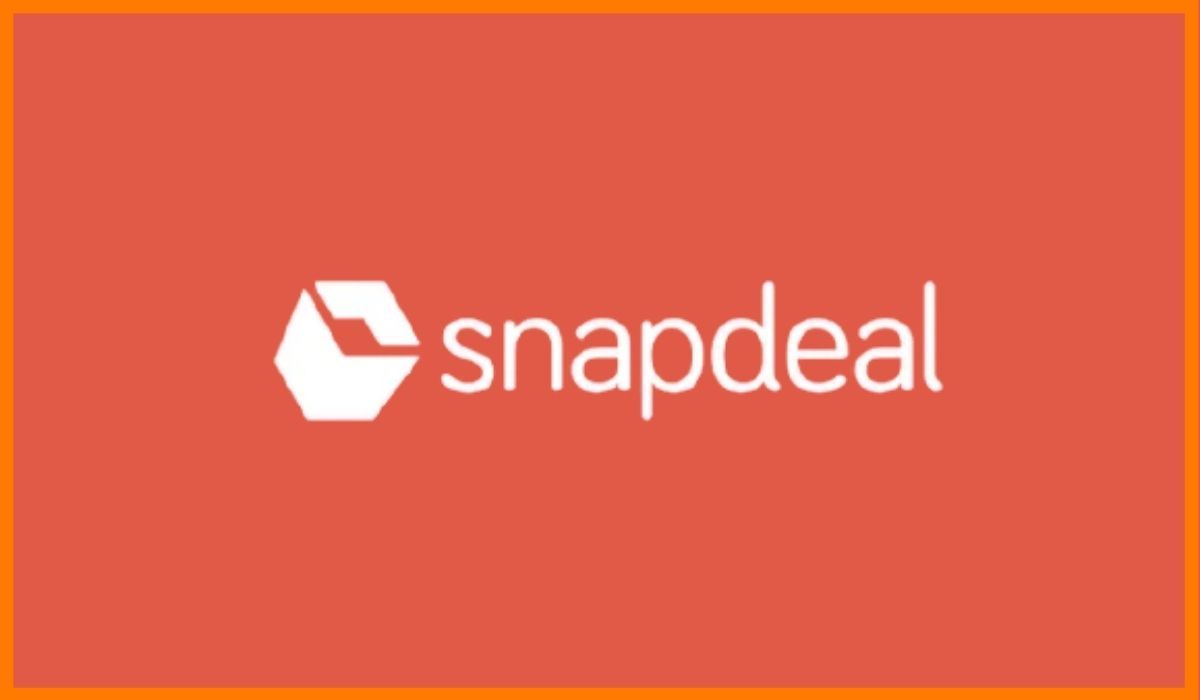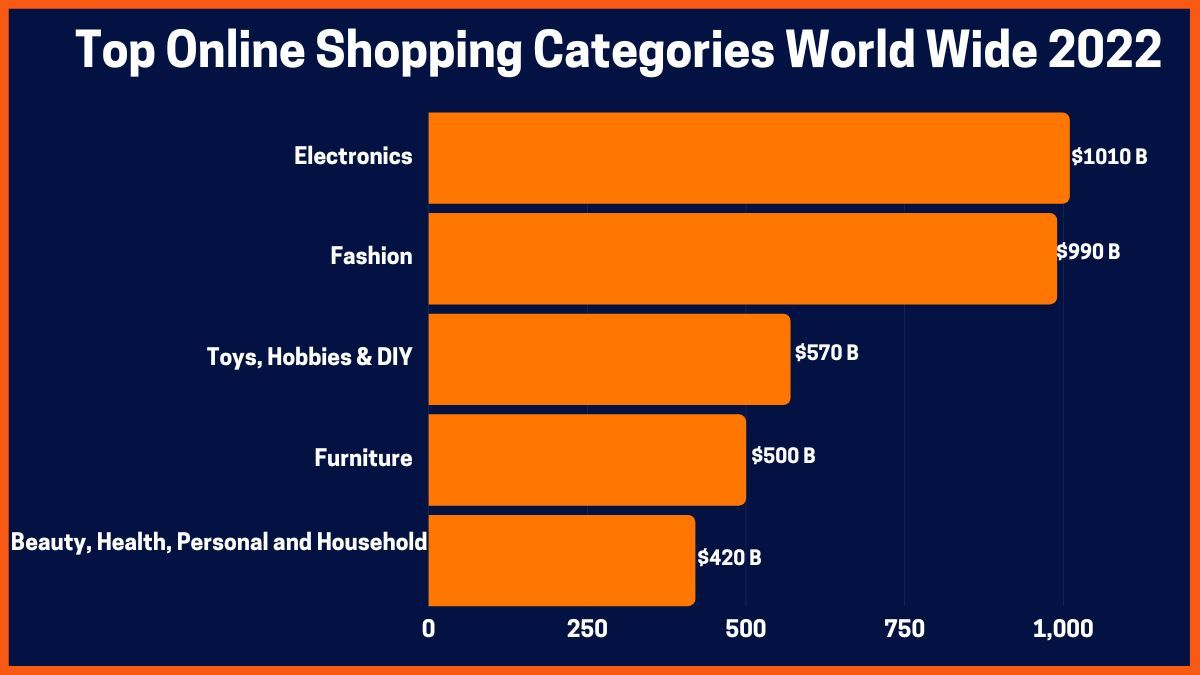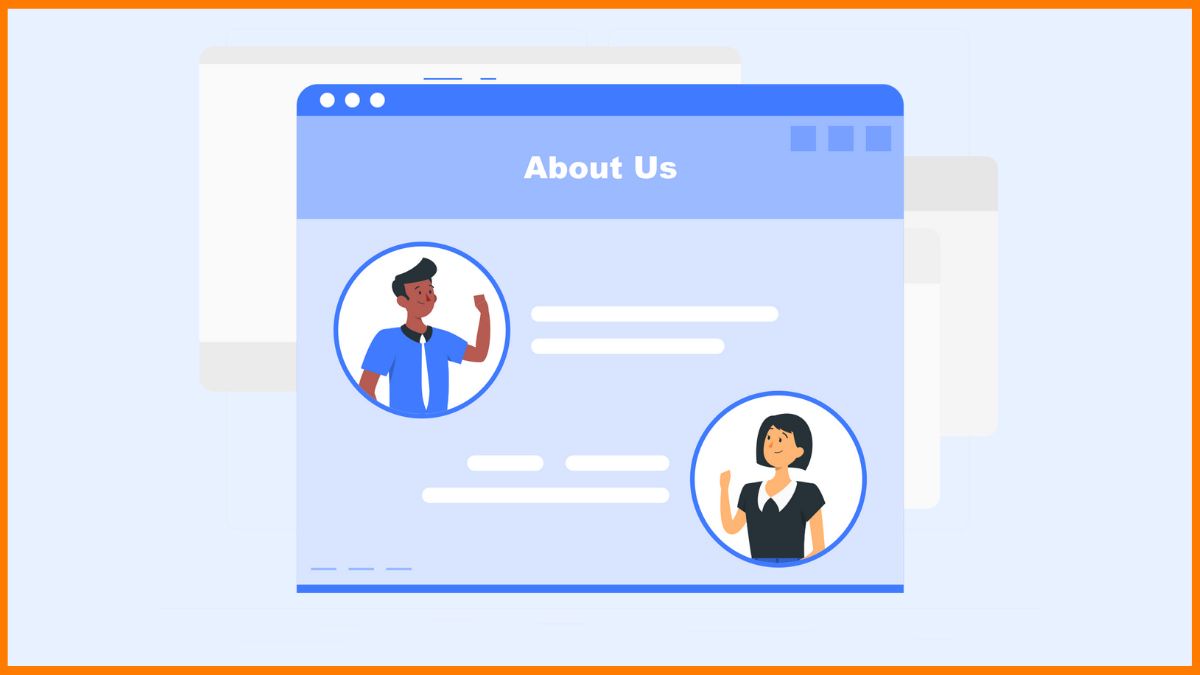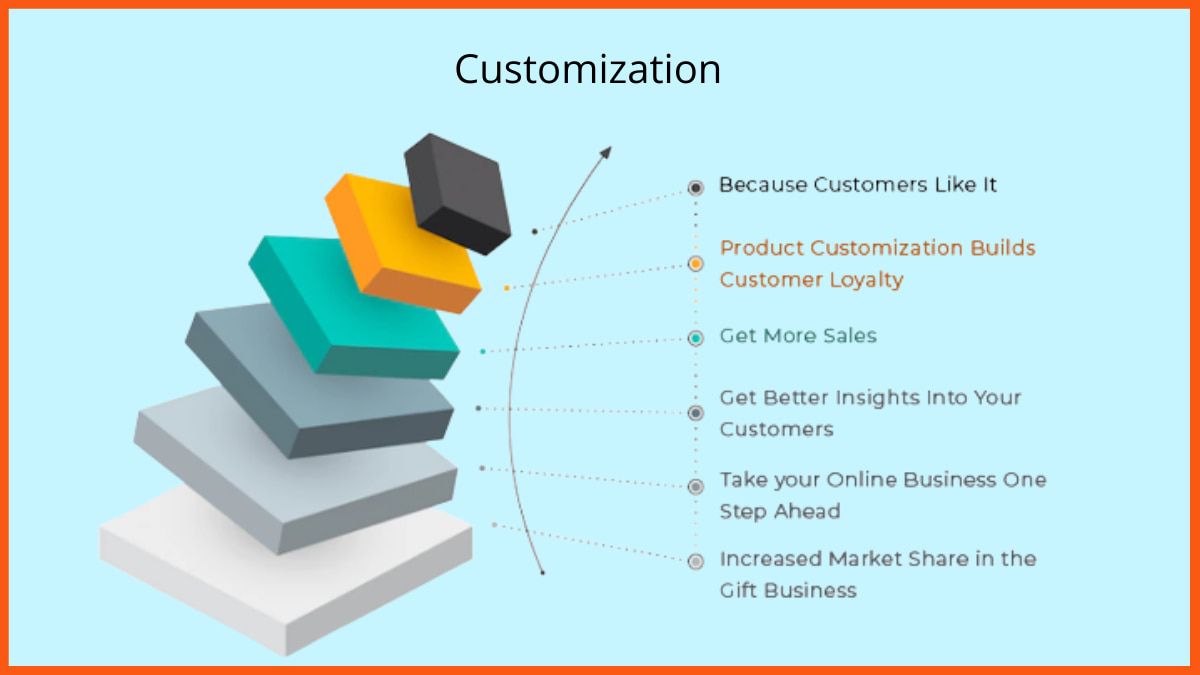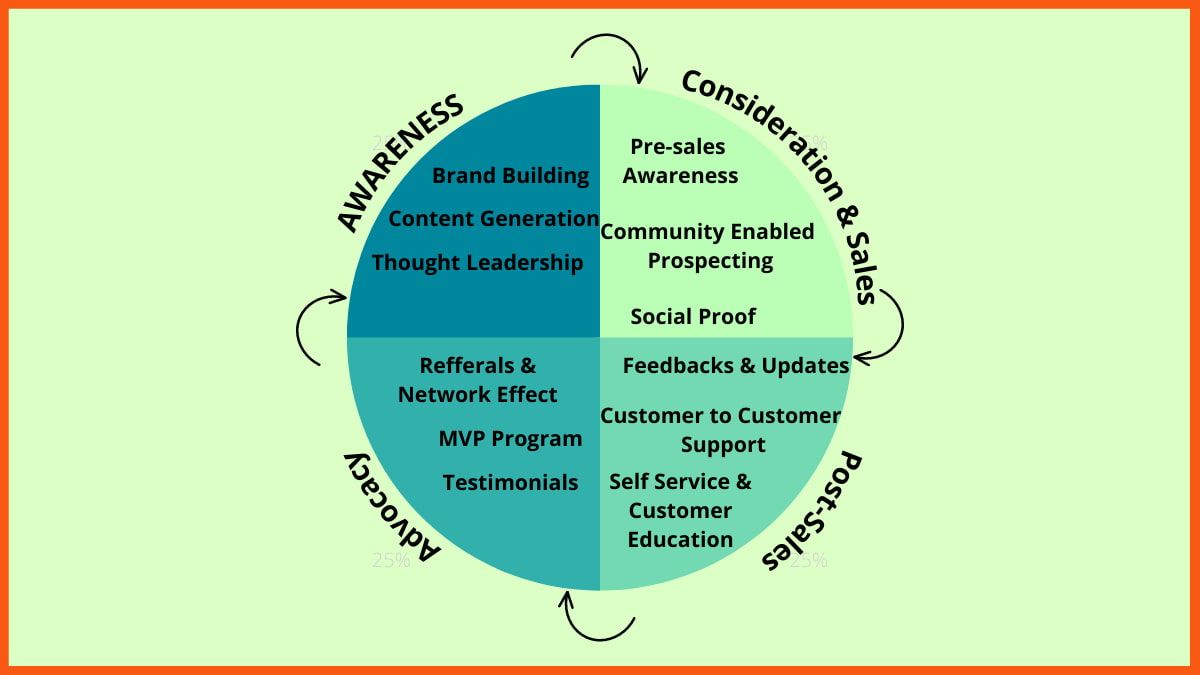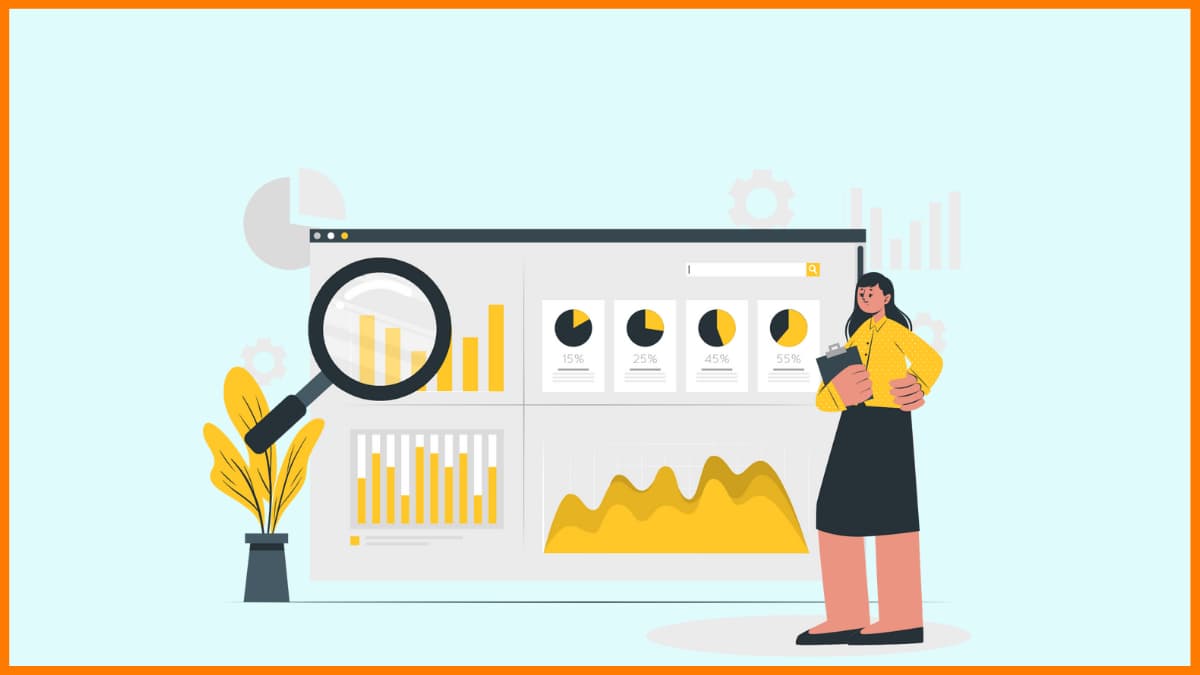The e-commerce market in India is expected to reach $350 billion by 2030.
On the other hand, mobile e-commerce sales are projected to exceed $710 billion in 2025.
Due to the pandemic, a lot more people have started buying products online.
All these stats show us that if you want your product to reach more hands you need to build your own online store.
Nowadays, it’s very easy to create your website using tools like Shopify, Wix, or WooCommerce.
Although to have a successful business you need to select the correct business model and delivery framework.
You also need to select the right website that matches your business requirements.
All these things can seem quite confusing.
Don’t worry!
In this article, I will explain to you all the popular and most used business models, delivery frameworks, and e-commerce websites with their pros and cons.
I will also give examples so you can understand each concept easily.
Without further ado, let’s get started.
What Is an Ecommerce Business Model?
Business to Consumer (B2C)
Business to Business (B2B)
Consumer to Business (C2B)
Consumer to Consumer (C2C)
Business to Government (B2G)
Business to Business to Consumer (B2B2C)
How to Choose Your Business Model?
Delivery Frameworks for Your E-commerce Business
Types of E-commerce Websites
How to Choose the Best E-commerce Website?
What Is an Ecommerce Business Model?

An e-commerce business model refers to a company’s core strategy on how it will sell its products and services to the customers.
The business model explains these 5 things:
- What kind of products and services will you sell?
- Who is your target audience?
- How will you position your product and your business in the market?
- What will be the anticipated expenses?
- How will the business make a profit?
Majorly, there are 6 types of business models.
Each of these business models has its own benefits and challenges.
Now, it is not necessary to operate on only one business model.
You can simultaneously integrate several of them into your business.
Business to Consumer (B2C)

There are high chances that your product idea falls into this business model.
This is the most used and successful business model.
Business to Consumer is a process where you sell your products and services directly to your customers, with no middle person involved in it.
Since you are directly dealing with your customers the decision-making process is much shorter compared to other business models.
Buying products from an online store, eating in a restaurant, and getting a haircut are all common examples of B2C.
In this model, you own an online store where customers can browse and order products from your website or mobile app.
Once customers make the payment online you send them the products to their provided address.
Now, it’s not necessary that you only have to operate online.
You can use a hybrid approach where you sell the products both through an online and offline store.
To provide a better buying experience to your customers you can even use the omnichannel e-commerce strategy here.
For example, you can allow your customers to order products online and pick them up in an offline store.
Customers can also return or exchange products they bought online at your offline stores.
To increase your customer reach and sales you use online advertising, social media marketing, and email marketing.
Business to Business (B2B)

In the B2B model businesses focus on selling products to other companies.
Most B2B transactions happen in the supply chain where one company may need raw materials from another company in order to manufacture finished goods.
A transaction between a wholesaler and a retailer can be termed a B2B transaction.
Manufacturing car parts and semiconductors are also some popular examples of B2B.
Even though consumers are not the key people who participate in these transactions they are a critical component of why the B2B companies work.
Some companies use both the B2C and B2B business model. They may have two different products for consumers and businesses.
The whole B2B model revolves around networking and retaining existing customers.
You need to contact the employees or founders of other companies and convince them to use your product.
Finding businesses that need your help is a very big challenge here.
Usually, the order sizes are very big and repeat orders are very common.
For the B2B model to work, you need to have a strong internet presence like having a powerful and intuitive website.
Consumer to Business (C2B)

In the C2B business model, consumers sell products or services directly to the companies.
Freelancers and affiliate marketers operate on the C2B business model.
Freelancers can list their skills on a website like Upwork and mention what tasks they can accomplish, how much time they will take to do a task and what price they will charge.
Businesses can look for skilled service providers for their tasks on Upwork. They can pay these freelancers for a specific task and get their work done within a few days.
This is how the C2B business model works!
Another example of C2B can be a gamer who shares an affiliate link to a gaming console on his YouTube channel.
Consumers get the freedom to set their own prices and businesses get the opportunity to work with people with different backgrounds and expertise.
Consumer to Consumer (C2C)

The rise of the internet and e-commerce gave birth to the C2C business model.
In this model, consumers sell products directly to other consumers using third-party websites like eBay, Etsy, Alibaba, and many more.
These websites make money by charging transaction or listing fees.
The e-commerce marketplaces like the ones mentioned above allow small-scale business owners to sell their products without the hefty upfront cost of setting up an online store.
If you decide to make a website that uses the C2C model you need to take care of quality control, payment handling, delivery, and resolve all the issues between the two parties.
You also need to make sure that both the buyer and seller don’t get cheated and get a good product and a fair price.
You also require advanced technology.
Many other companies have tried to use this business model but failed terribly due to an unstable business strategy.
We are not saying that you shouldn’t use this model.
But, if you want to operate on a C2C model you need to have a smart business strategy that satisfies your customers and generates profit for you.
Business to Government (B2G)

In the B2G model businesses sell their products or services to federal, state, or local government agencies.
An ammunition manufacturer building guns and missiles for the government is an example of a B2B model.
Let’s understand how this model works.
First, the government will submit a proposal (RFP) according to its project requirements and timeline
As an e-commerce business, you need to bid on these projects.
Since you are working with the government you need to deal with bureaucracies and the pace of the project is usually slow.
As you might have guessed, government agencies don’t use e-commerce sites to place orders.
Although a local government agency can go to an e-commerce site to place an order for a part required to complete a particular project.
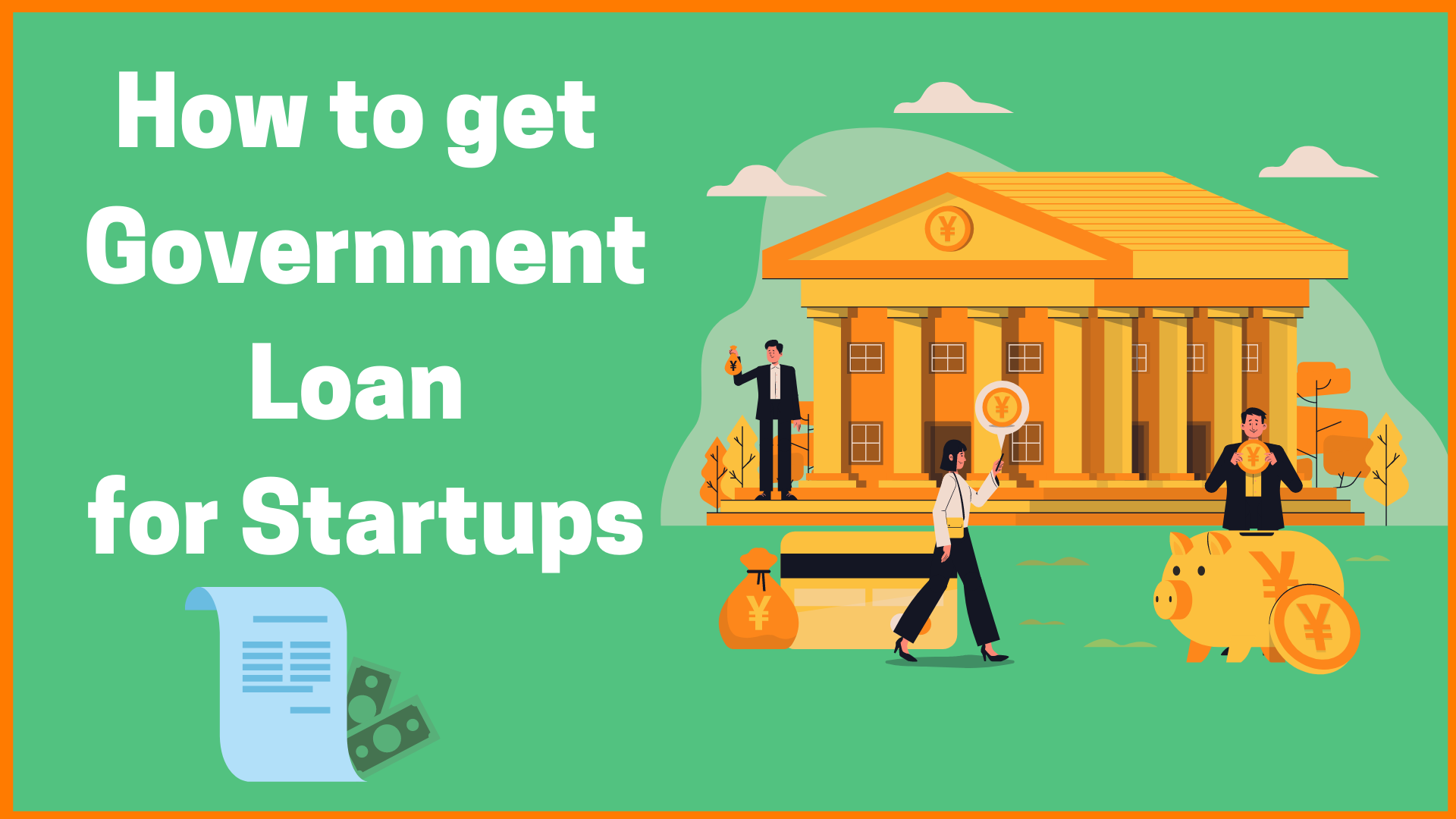
Business to Business to Consumer (B2B2C)

When one company sells its products and services to the end users in partnership with another company it is known as the B2B2C business model.
It is a combination of B2C and B2B.
In this model, three parties are involved: the primary brand (who is making the products), the middleman, and the customer.
The customers are aware that they are buying products from the primary brand.
For example, a financing company may partner with an electronics store where they will allow customers to buy products in EMIs.
Here, the customers know that they are getting money from another company.
This business model is mainly used to acquire new customers.
How to Choose Your Business Model?

Consider the following factors while selecting a business model.
Understand Your Customer Needs and Buying Patterns
When you are selecting the business model for your company you need to prioritize your customer’s needs over anything else.
Instead of choosing a business model which makes selling products easier, use a model that makes sense for the customers buying your products.
Find answers to these questions:
- What kind of problem your product is trying to solve?
- Are your customers willing to spend money to solve the problem?
- What return on investment do your customers get by using your product?
- What are the demographics of your customers? Divide them on the basis of age, gender, religion, interests, and income.
- How often do your customers purchase products?
- How much average money do your customers spend?
- Do your customers make high-end purchases or buy the same product again and again?
- Are they making payments using EMI or paying the full amount using a debit/credit card?
You should also focus on customer relationships. Find the answer to this question as well:
- How can you acquire or retain customers?
If you find answers to all these questions you would be able to make a customer avatar for your product.
Analyze The Market
Understand how many competitors are there in your niche and how much profit they are generating.
Analyze their pricing strategies. You don’t want to charge too high or low.
Find out how many potential customers are there in the market.
Find the USP of all your competitors.
Figure out what kind of business model they are using and if their customers are happy buying the product from them.
Find your competitor’s strengths and weaknesses.
Conduct a survey and understand what the customers like and don’t like about your competitors.
To incentivize people to fill out the survey you can give them free vouchers for popular e-commerce sites like Flipkart or Amazon.
You can even read product reviews of your competitors and find out what is lacking in their products and business model.
Consider Your Value Proposition
What is the one thing that makes you stand out in the market?
What is the one thing that makes your product special?
If your product doesn’t have a USP your business would be crushed by your competitors.
Answer this question and you will find your USP: How will your product solve the customer’s problem?
Find out your value proposition and build a business model around it.
Calculate the Operating Cost
Let’s say your operating cost is very high and you cannot charge a high price to your customers because you know that they won’t pay a premium price.
In this scenario, you can immediately change your business model or find out cost-effective ways to manufacture products.
Finding out your costs and profit margin early on will help you save money in the future.
Consider the Scalability
In the future, if your business model cannot help you to increase your sales and revenue then you shouldn’t use such a business model.
If you don’t consider the scalability factor your business would stop growing after a certain point in time.
You Can Play With Your Business Model
This is bold advice and this may not apply to every business.
I am not saying you should constantly change your business model.
Instead, if you feel that you may want to test out two different business models or integrate them together you can definitely do that.
You can try two different business models on a small set of audiences or on two different locations and analyze which one is working the best.
Give attention to your first few customers. Ask them for reviews and then decide which business model to use.

Delivery Frameworks for Your E-commerce Business
After selecting your business model you need to determine which delivery model you would use.
The following are the top 5 delivery frameworks that you can integrate into your business.
Dropshipping

There are high chances that you might have heard about drop shipping in some ad or YouTube video.
This is because dropshipping has become the favorite delivery model for a lot of entrepreneurs.
In dropshipping you directly buy products from the suppliers and manufacturers who then ship the products directly to your customers.
Let’s say you decide to sell men’s wallets.
You find a supplier who sells you quality wallets for Rs 500 including the shipping costs.
You list all those wallets on your online store for Rs 900 with free shipping.
When someone places an order in your store you then place the order with the supplier at their wholesale price.
The supplier ships the product directly to your customers.
Here, you make a profit of Rs 400.
You are not dealing with the warehousing of the products nor do you have to focus on packaging and shipping and tracking the inventory.
You are only focusing on marketing and positioning the products.
Now, you may ask why don’t the customers directly buy from the supplier.
Good question!
Manufacturers and suppliers typically sell in bulk and they will mostly sell to businesses and not give wholesale prices to regular customers.
Another reason is that people buy products because of marketing, brand value, and customer service.
Since manufacturers don’t focus on the above things people would prefer buying from a drop shipper.
Pros of Dropshipping
- Since you are not focusing on warehousing, packaging, and shipping there is a very low capital required.
- You can sell and test a wide range of products.
- You can set up your business anywhere with an internet connection.
Cons of Dropshipping
- Since you are not paying for warehousing and inventory the profit margins are very less.
- You have zero control over the supply chain.
- If the customers receive damaged or lower quality products your business reputation will get damaged.
- Since a very low capital is required there is fierce competition.
- You will not build a brand because you are selling products of other companies. In the end, the product that they will purchase will have the logo of the other company.
- There is very limited customization.
Subscription Service
In the subscription-based model, you regularly deliver products to your customers and get timely payments from them.
It was traditionally used to deliver newspapers and magazines.
But, now it is used in every other industry.
Instead of using it as a standalone delivery model, I will recommend you to integrate it with other delivery models.
There are 3 most common types of subscription services:
Replenishment subscription service
Here, you are selling essential consumable products like shaving cream and body moisturizer.
Curation subscription service
In this model, you are selling a collection of products based on individual customer needs and wants.
Examples of this can be sending beauty products or dresses based on your customer preferences.
Access subscription service
Customers buy memberships in this model.
Generally, businesses give hefty discounts on their memberships to get more people on board.
Selling organic healthy snacks is an example of this model.
Pros of Subscription Service
- Customers repeatedly buy products that generate consistent income for you.
- You can easily forecast how many sales and revenue you will generate.
- Planning the inventory becomes easy.
- You can build strong relationships with your customers.
Cons of Subscription Service
- For many people signing up for a subscription is a huge commitment and that is why selling subscriptions is sometimes very hard.
- You need to constantly innovate and provide quality products to your customers regularly. Even a small mistake can lead to the cancellation of the contract.
Wholesaling
In wholesaling, you sell products in bulk to other businesses or retailers at discounted prices.
It is mostly used in the B2B space but it can also be integrated with the B2C model.
Pros of Wholesaling
- You don’t have to spend your time and money on marketing and advertising your products.
- You get a fixed profit margin.
Cons of Wholesaling
- You need a lot of capital.
- You are responsible for warehousing, managing inventory and products, shipping, and tracking customer orders.
Private Labeling
In private labeling, you hire a third-party manufacturer to create your products.
The product idea is yours but, the making is done by someone else.
Once the products are made you can either tell the manufacturer to ship the products directly to the customer’s house or get the products in your warehouse and manage the supply chain yourself.
Selling cosmetics or personal care products like shampoo is a good example of private labeling.
Pros of Private Labeling
- You can create your brand without having to invest in factories and inventory.
- You don’t have to spend a lot of time and time on product development and can focus on marketing, branding, and customer service.
- It is a great way to test your products in the market.
Cons of Private Labeling
- You are entirely dependent on the manufacturer. So, if there is any kind of delay or if the third party creates a low-quality product you have to carry the losses.
- Most of the privately labeled manufacturers have the minimum order requirement. This means that you need to purchase more than you need.
White Labeling
In white labeling, you are buying products from a third-party manufacturer and selling them under your own brand name and logo.
So, when customers buy the products they think that it has been manufactured by you.
Pros of White Labeling
- Since you are not developing the product from scratch the initial investment cost is low.
- White labeling allows you to jump on an ongoing trend.
Cons of White Labeling
- Most of the white-labeled products are generic and there is a high chance that other businesses are also selling them. This means there is huge competition.
- Since you are not manufacturing the product yourself you have zero control over the quality of the products.
Types of E-commerce Websites
To have a successful e-commerce business you need to select the right website that suits your requirements.
After all, people would be buying products directly from your website and that’s why it is crucial to select the right one.
Here, are the top 3 e-commerce websites that you can use.
Single Brand Websites

If only one seller or business is selling their branded products on an online store it is known as a vendor-specific or a single-brand website.
Creating an online store using Shopify or WooCommerce is an example of such a website.
When you create a single-brand website you have complete control over the pricing of the products.
Marketplaces

Marketplaces can be divided into 2 categories: One marketplace operates on the B2C model while the second one uses the C2C model.
The marketplace that operates on a B2C model has numerous sellers selling different types of products on a single website.
The owner of the website is a completely different person.
Hosting, maintenance, and backend development of the website are handled completely by the owner.
Whenever a seller sells a product via the website the site owner gets a small percentage of the revenue.
Flipkart and Amazon are great examples of retail websites.
In contrast to the single brand website, you have little control over the website and have to strictly follow the rules and regulations of the website.
If you break any of the policies you wouldn’t be allowed to sell on the site.
Since you are competing with dozens of sellers it would be difficult to rank for a particular product keyword.
If you are new to the e-commerce business you can start with the retail website since you don’t have to build the store from scratch.
You can also use it to test the demand for the product or operate both on a single-brand website and a retail website to get a wider reach.
The marketplace that operates on the C2C model allows consumers to sell their products to other users.
An example of this can be OLX or eBay.
Here, everyone can instantly make an account and start selling their products immediately.
How to Choose the Best E-commerce Website?
A single-brand website gives you more control over how your website feels and how your products are displayed in the store.
It is a great way to start your business since you can experiment a lot and build a brand.
Shopify and WooCommerce have made making an e-commerce store very easy. Choose a theme, add your products and you are good to go.
Marketplaces give you a wider reach and you don’t need to worry about hosting and maintenance of the site.
Even if you start your journey with a marketplace your aim should be to transfer your business to the single brand website.
I would highly recommend you use both the single brand website and marketplaces to grow your business.

Conclusion
When you are choosing your business model, delivery framework, and website it is very important to think from the point of view of your customers.
In the end, they are the ones who will buy your products.
Look at your competitors and understand what is working and not working for them.
At the same time don’t forget to experiment.
Whichever business model you will choose you will face difficulties at the start.
So, don’t lose hope and keep working hard.
FAQs
How many types of e-commerce business models are there?
There are 6 types of e-commerce business models:
- Business to Business (B2B)
- Business to Consumer (B2C)
- Consumer to Business (C2B)
- Consumer to Consumer (C2C)
- Business to Business to Consumer (B2B2C )
- Business to Government (B2G)
What are e-commerce frameworks?
E-commerce framework refers to the type of software or application used to build the e-commerce store.
How many layers are there in the e-commerce framework?
The eCommerce framework has a three-tier framework. Their structure consists of a client-side system, a service system, and a backend system.
What is the 5 C model of E-commerce?
The 5 C’s of the eCommerce model are “company”, “Collaborator”, “customers”, “competitors” and “context”.







